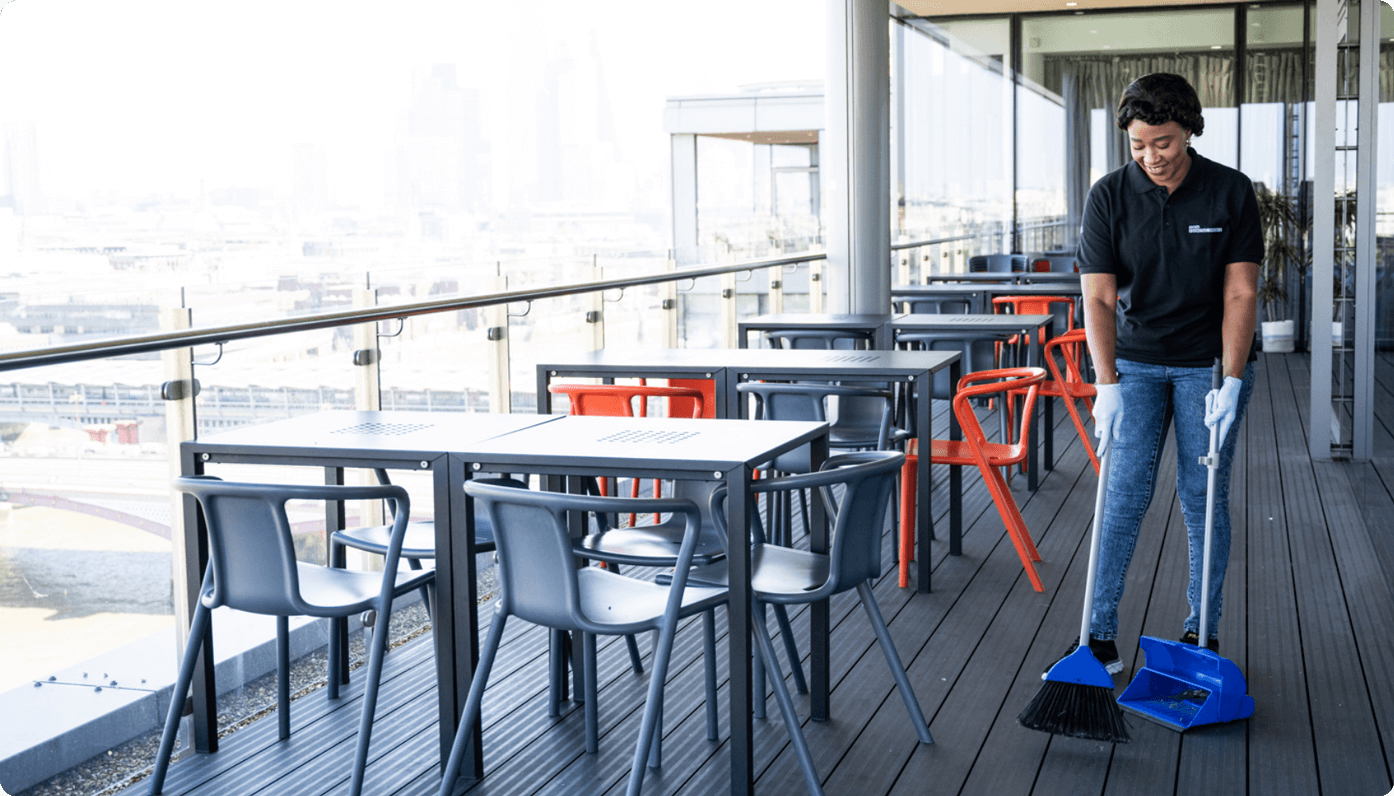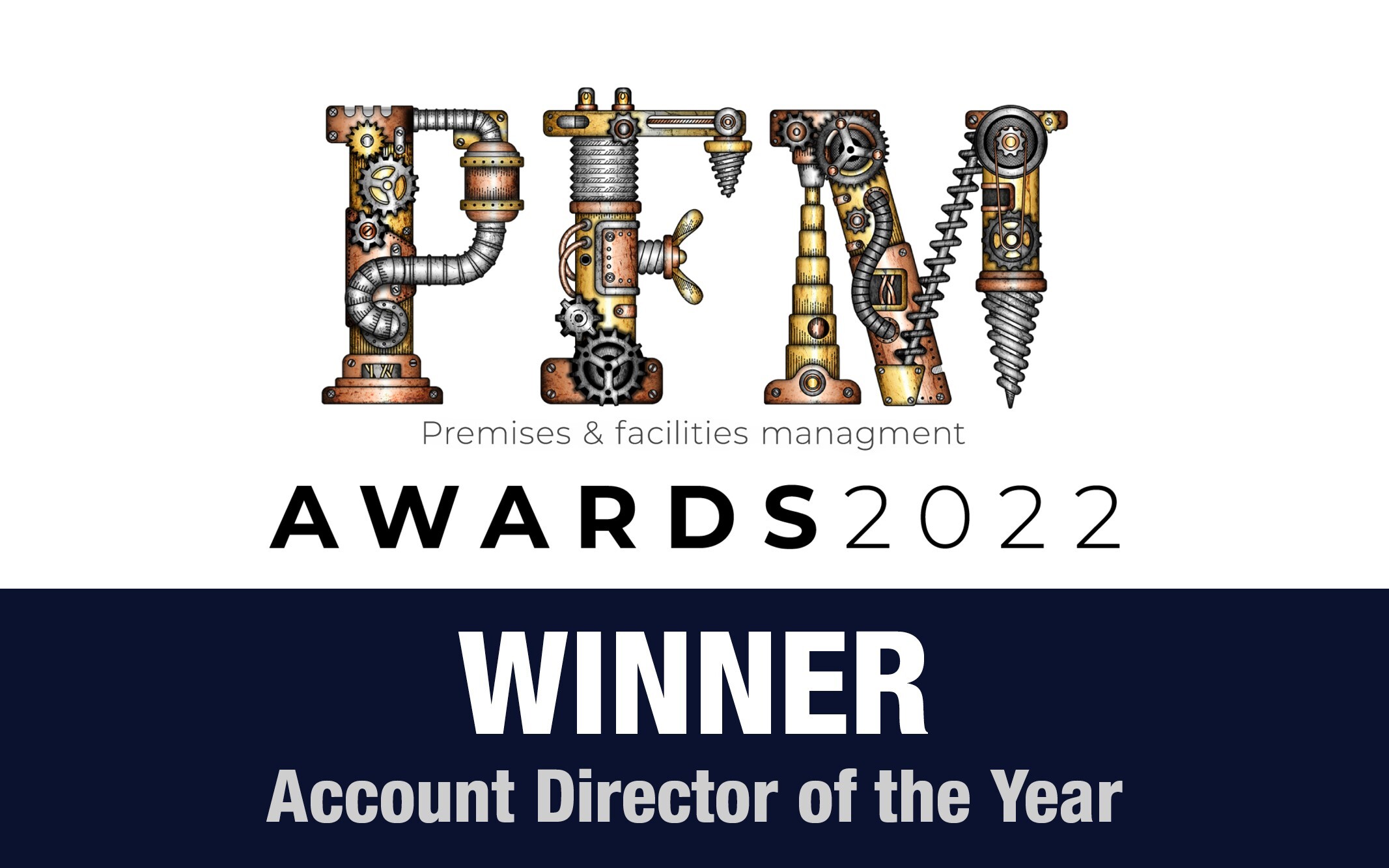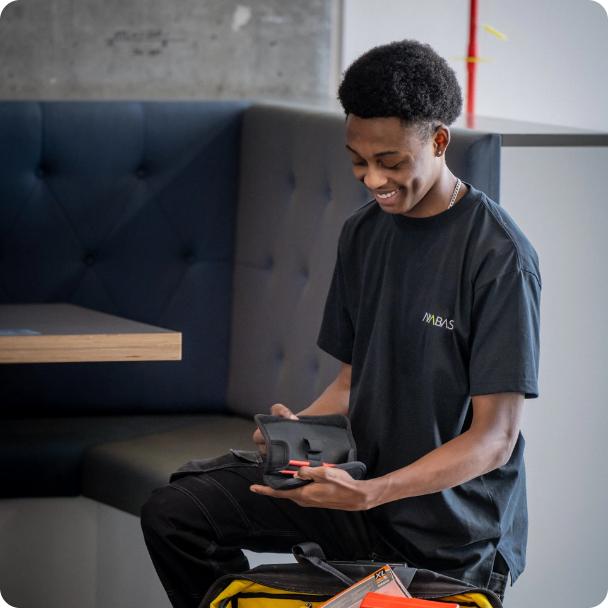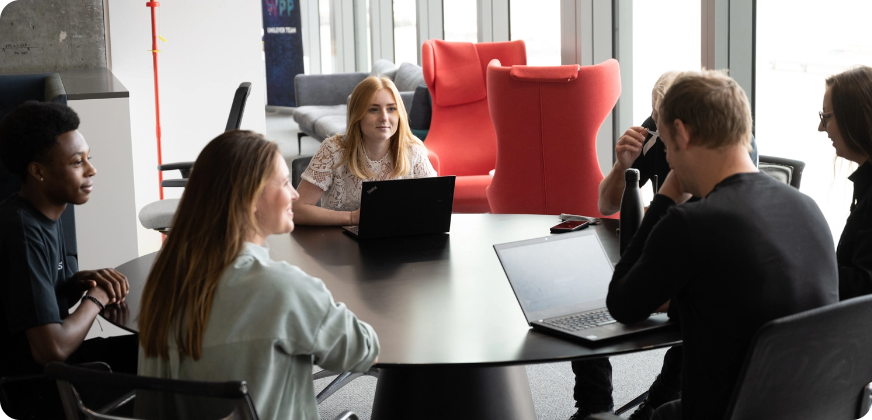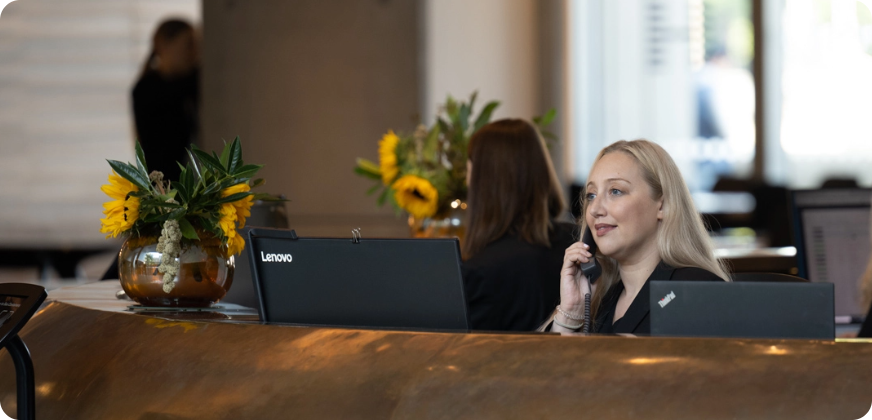





 Building & Fabric Maintenance
Building & Fabric Maintenance

 Mechanical & Electrical Maintenance
Mechanical & Electrical Maintenance



 Events & Lifestyle Services
Events & Lifestyle Services

 Logistics & Office Services
Logistics & Office Services

 Security
Security

 Catering
Catering

 Cleaning & Environmental
Cleaning & Environmental







Small Decencies


Boutique FM


Fully Engaged


Brilliant Basics


Great Experiences


FM Technology


Great People


Advocacy


Right size, Right fit


Promises Delivered





It’s Friday morning in the office and I’m ploughing through emails. There’s always more than you expect. I can hear Dave doing the rounds armed with a new joke to dispatch onto each member of the team. It won’t be long before he’s at my desk and I’ve heard the punchline no fewer than five times.
To Dave, he’s propping up team culture with every chuckled response he receives across the office. Dave sees the open plan environment as an opportunity for social interactions and strengthening morale. He’s marked Friday as his ‘sociability’ day. Monday to Thursday, he works, undistracted from home. But for me, Friday is not sociability day, and I’m unsure Dave is aware enough to pick up on this.
No doubt facilities managers see these interactions regularly play out. But what about attention management when working in an open plan environment? For people like Dave, if you’ve chosen today to work in the wide-open plan, you are fair game. If you weren’t there to chat, you’d surely choose a more secluded seat.
In the open-plan working world, expressions of our ‘availability’ have had to adapt. In the absence of an office door to stand by (or shut) when a conversation is eating into valuable productivity time, our escape tactics are now more nuanced – a one-in-one-out wireless headphone dance has become a familiar sight and setting your MS Teams availability to ‘busy’ may only stop you getting unwanted social calls.
And so, the dilemma for facilities managers is: if people are continuously distracted, they will choose to work elsewhere. While property costs second only to an organisation’s salary costs, the most precious commodity to an organisation is not land or space, nor the bounty load of information many organisations hold. Today, an organisation’s most precious resource is attention. The challenge for facilities managers is to engineer an office landscape that minimises unwelcome distractions and allows employees to focus on company goals through attention management.
Already, the battle for attention is played out across our computer, phone, and tablet screens with new intranet projects championed by organisations almost daily. Added to this are external websites and social media, all carefully engineered to consume as much of our attention and time as possible. Aware of this, many organisations are looking at ways to reduce information overload and protect fatigue by cutting down on screen time across digital resources.
So, what can facilities managers do to protect the precious resource of attention? The answer can often be found by watching how office occupants use subtle cues to show their availability. If they want to be left to focus, they might assume a posture that tells others they’re in ‘do not disturb’ mode or wear headphones.
For facilities managers, however, activity-based working (ABW) can be an invaluable tool – in an office geared to ABW an office worker can clearly signal to others whether they are available or not simply by where they are. Standing by the printer or in the coffee area means you are likely fair game to hear Dave’s jokes; occupying a desk in the open plan area means ‘approach with caution’, but someone in the quiet study area is distinctly off limits. ABW is not just about furnishing people with different working environments rather, its providing office workers with the ability to signpost how available they are throughout the day – and it beats the traditional an ‘open/closed door’ policy or standing by the door and waiting for the hint to dawn on your guest.
For those without the luxury of an ABW environment, you might consider the very practical ‘beer mat’ approach used in Latin America: turn the beer mat green-side up to show that you welcome a waiter with roasted pineapple or meat on a skewer, or turn the beer mat over to the red-side to show that you have had enough.



